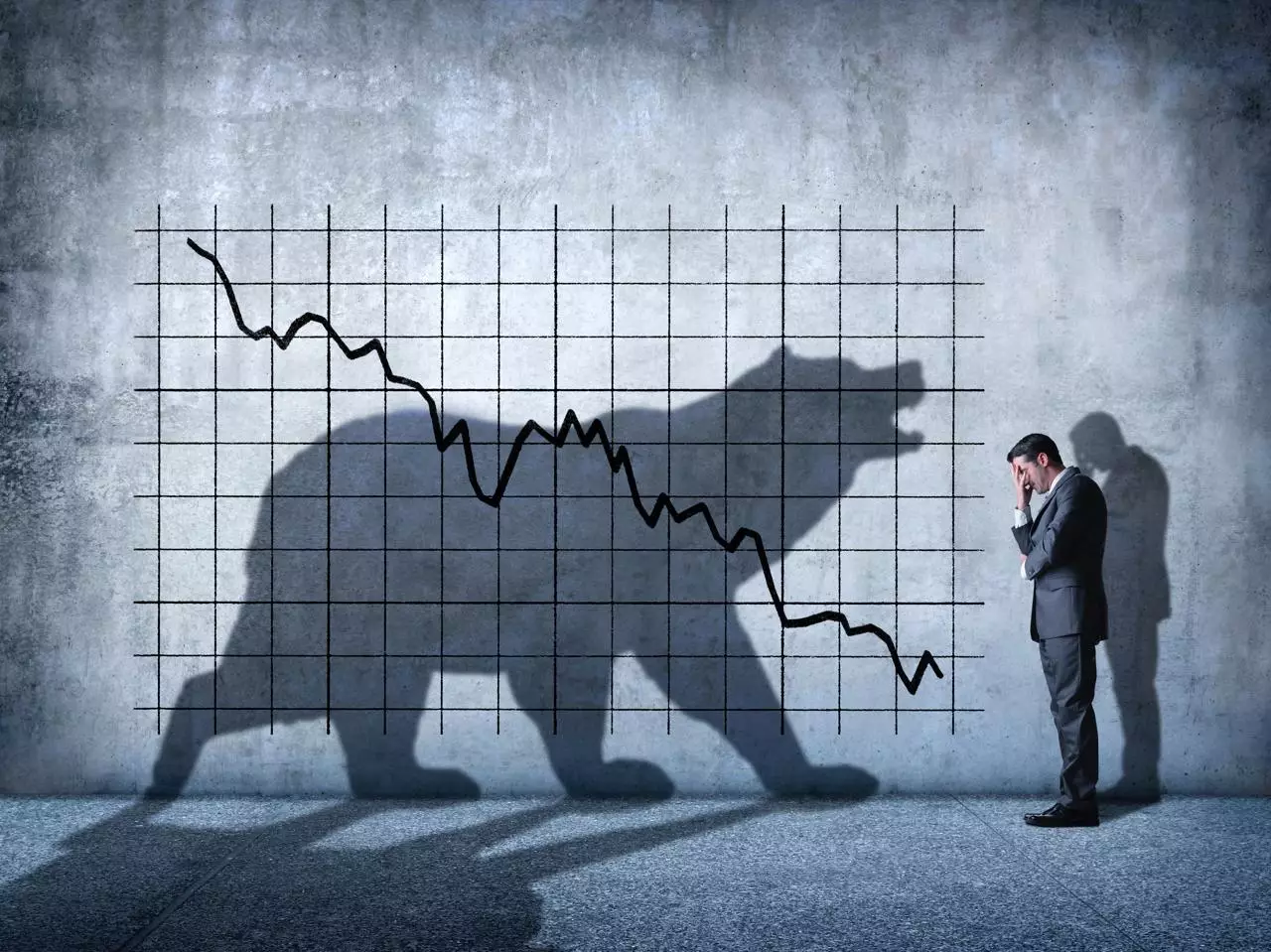After a turbulent start to the week, marked by a dramatic plunge below the ominous $100,000 mark, Bitcoin has staged a surprising recovery, reclaiming levels above $107,000 as the week wraps up. At first glance, this rebound gives an impression of resilience and strength in the market. However, this seemingly robust recovery conceals an underlying tension that has been bubbling beneath the surface—one that could destabilize the narrative of Bitcoin’s invincibility in the near future. Those quick to label this bounce as a sign of sustained bullish momentum are missing the subtle but critical warning signs emerging from the derivatives market.
Short Sellers Rising: A Contradictory Signal
Diving deeper into the market data reveals a growing dominance of short positions—a phenomenon that intuitively suggests bearish sentiment. Cryptocurrency analytics group Alphractal highlighted, through the Liquidity Zone (7 Days) indicator, that over the past week, more traders are opening bets against Bitcoin’s price, a trend reflected by a surge in negative Net Delta readings. For those unfamiliar, a negative Net Delta indicates an increasing number of short positions relative to longs, implying that many investors are betting on Bitcoin’s price to fall.
Paradoxically, this dominance of short-sellers occurs concurrently with Bitcoin’s price remaining relatively stable and even showing modest growth. This contradictory dynamic should give any skeptical observer pause. If the bears are in control, why isn’t Bitcoin’s price collapsing under the weight of these bets? The answer lies in the nuanced mechanics of market psychology and positioning, where growing short interest in a stable environment can be a bearish trap rather than a true signal of collapse.
The Menace and Opportunity of a Potential Short Squeeze
The concept of a short squeeze—a rapid run-up in prices triggered when overly aggressive short sellers are forced to close their positions at higher prices—looms large in the current Bitcoin market. When short positions swell in a bullish or stable price environment, and the asset’s price eventually breaches key resistance levels, these traders rush to buy back assets to cut losses, inadvertently driving prices higher and squeezing other bearish players.
This dynamic injects volatility into the market, creating rapid and sometimes irrational price spikes. Investors who interpret the high short interest as a straightforward negative indicator may be blindsided if such a squeeze unfolds. This phenomenon isn’t just a technical footnote; it’s a powerful market force that can quickly skew sentiment and create outsized moves that defy traditional bearish logic.
Caution for Bears: Markets Aren’t Always What They Seem
From a center-right liberal economic perspective focusing on market rationality and cautious optimism, it’s tempting to urge prudence among bearish traders. The current environment does not favor reckless short-selling strategies, especially those based solely on the assumption that rising short interest guarantees downwards price action. The market’s complexity means that a majority short position held during stable or mildly bullish prices could be the setup for a painful reversal if Bitcoin surpasses its resistance threshold.
Such cycles of market psychology underscore the importance of balanced regulation and clear investor education—not to throttle innovation but to prevent the reckless speculation that ultimately harms the broader financial ecosystem. The Bitcoin narrative must therefore be evaluated not just on price movements, but on a sophisticated understanding of underlying market forces, including derivatives and open interest data.
Bitcoin’s Price Movement: Incremental Growth Amidst Volatility
As of now, Bitcoin’s price appears stuck in a choppy trading range—hovering near $107,309 with a meager 0.2% growth in the past 24 hours. While that figure pales compared to a healthier 5.2% rise over the previous week, it reflects a market uncertain about its next direction. This indecisiveness may partially result from the tug-of-war between bullish holders confident in Bitcoin’s long-term potential and a surging wave of short sellers positioning for a downturn.
Such volatility is not inherently negative—it signals a maturing market grappling with competing narratives and complex investor behaviors. The cautionary tale here is that investors must navigate this landscape with a blend of strategic patience and critical analysis, resisting the temptation of simplistic binaries like “bulls vs. bears.” Understanding that short interest and price stability often interact in counterintuitive ways is fundamental to assessing Bitcoin’s true market momentum.
In sum, while Bitcoin’s recent price recovery might inspire optimistic headlines, the undercurrents in market positioning hint at a more complicated, precarious state that demands both skepticism and vigilance from anyone staking a claim in the cryptosphere.

